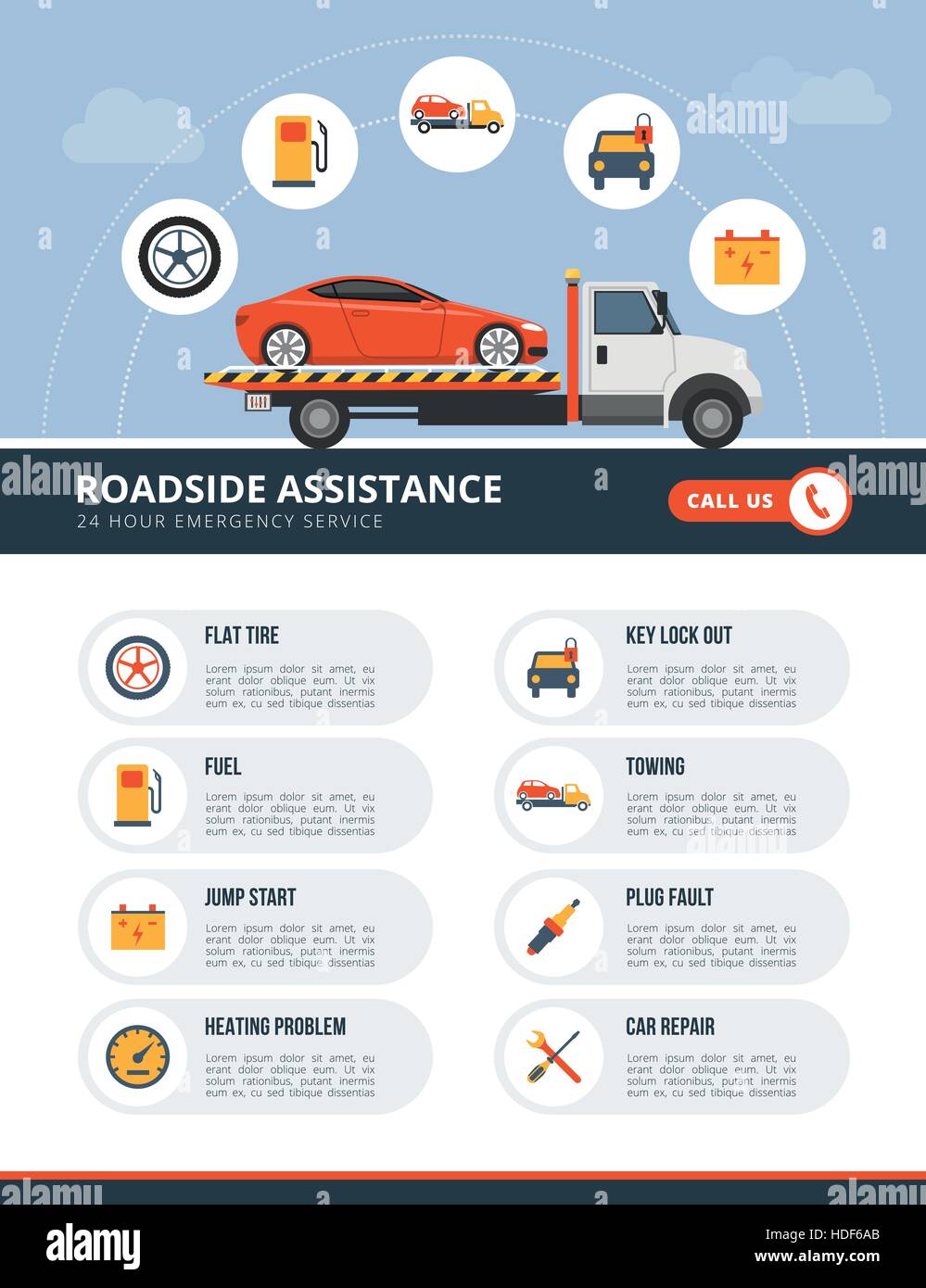Seeking Clarity On The Caution Lights Presented On Your Cars And Truck'S Control Panel? Discover How They Associate With Your Vehicle'S Health And Safety
Seeking Clarity On The Caution Lights Presented On Your Cars And Truck'S Control Panel? Discover How They Associate With Your Vehicle'S Health And Safety
Blog Article
Authored By-Lauritsen Kejser
When you're behind the wheel, those beautiful warning lights on your control panel can be a bit puzzling. Do you recognize what they're trying to inform you concerning your cars and truck's health and wellness? Understanding the significance of these lights is important for your safety and security and the durability of your lorry. So, the next time one of those lights pops up, would not you wish to analyze its message properly and take the necessary steps to address it?
Common Caution Lights and Interpretations
Recognize usual caution lights in your cars and truck and recognize their significances to guarantee risk-free driving.
One of the most typical warning lights include the check engine light, which signals issues with the engine or discharges system. If this light comes on, it's critical to have your automobile examined without delay.
The oil stress advising light suggests low oil pressure, calling for instant focus to avoid engine damage.
A flashing battery light might recommend a malfunctioning charging system, potentially leaving you stranded otherwise resolved.
Learn Additional Here tracking system (TPMS) light informs you to low tire pressure, influencing automobile stability and gas performance. Overlooking this can result in harmful driving conditions.
The abdominal light shows an issue with the anti-lock stopping system, compromising your capability to quit rapidly in emergency situations.
Last but not least, the coolant temperature level warning light warns of engine overheating, which can result in severe damage otherwise settled quickly.
Understanding these usual caution lights will certainly aid you address concerns quickly and maintain secure driving problems.
Significance of Prompt Focus
Recognizing the usual caution lights in your cars and truck is just the very first step; the relevance of promptly addressing these warnings can't be highlighted sufficient to ensure your safety when traveling.
When a warning light brightens on your dashboard, it's your automobile's method of interacting a potential issue that needs attention. Ignoring https://oilchangeservicenearme84940.bloggerchest.com/29852158/auto-outlining-throughout-the-year-tips-for-seasonal-preparation can cause a lot more extreme issues later on, jeopardizing your safety and potentially costing you much more in repairs.
Motivate focus to warning lights can avoid break downs and accidents. For instance, a blinking check engine light might suggest a misfire that, if left ignored, could cause damages to the catalytic converter. Addressing this without delay can conserve you from an expensive repair.
Likewise, a brake system alerting light might signify reduced brake liquid or worn brake pads, vital parts for your safety and security when driving.
Do It Yourself Troubleshooting Tips
If you see a caution light on your dashboard, there are a couple of do it yourself fixing suggestions you can try before looking for professional help.
boat detailing auckland is to consult your cars and truck's guidebook to understand what the certain caution light suggests. In some cases the problem can be as simple as a loosened gas cap causing the check engine light. Tightening up the gas cap may resolve the issue.
Another usual issue is a low battery, which can trigger numerous cautioning lights. Inspecting the battery links for corrosion and ensuring they're safe might fix the trouble.
If a caution light lingers, you can try resetting it by disconnecting the vehicle's battery for a few mins and after that reconnecting it. In addition, checking your automobile's fluid levels, such as oil, coolant, and brake liquid, can help repair cautioning lights connected to these systems.
Conclusion
To conclude, understanding your automobile's warning lights is essential for maintaining your vehicle running efficiently and securely. By promptly dealing with these notifies and understanding what they mean, you can avoid pricey repairs and prospective breakdowns.
Bear in mind to consult your auto's manual for specific details on each alerting light and act appropriately to ensure a hassle-free driving experience.
Remain informed, stay secure when traveling!
